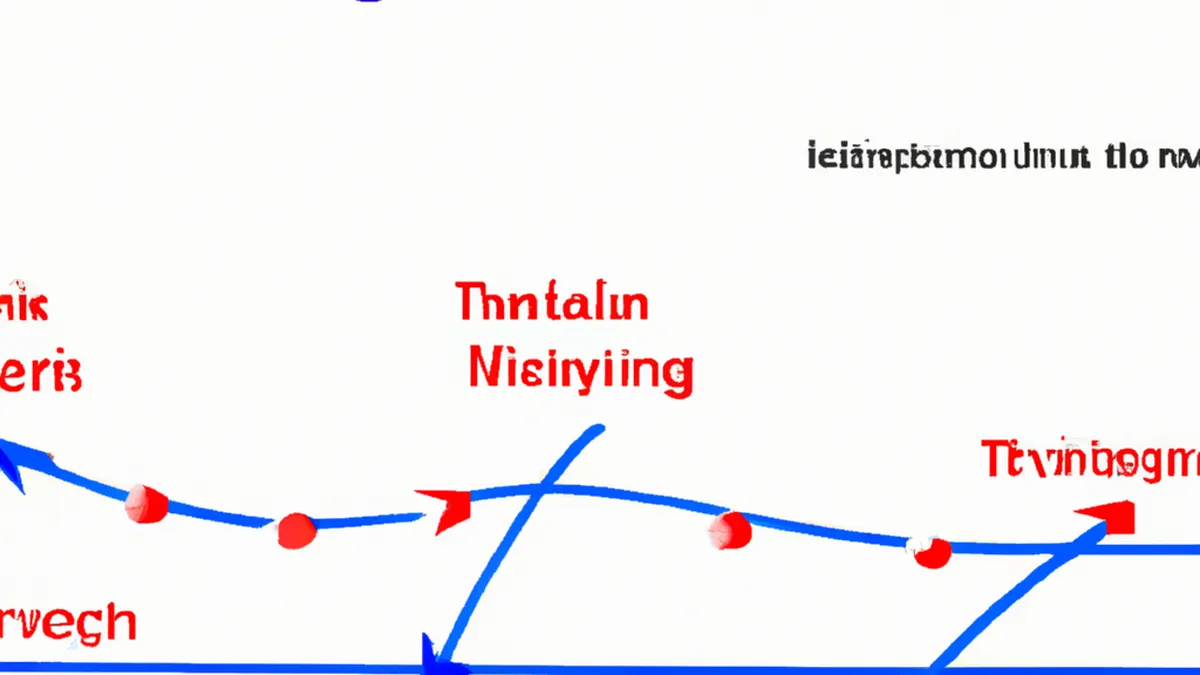Overcoming Stroke Fatigue in Competitive Swimming
Analyzing the Impact of Swim Stroke Fatigue on Race Strategy
Swimming demands both physical strength and mental resilience. Swimmers face fatigue during races, impacting their strategy and performance. Understanding swim stroke fatigue helps swimmers make better training and competition decisions. This article explores swim stroke fatigue, its effects on performance, and fatigue management strategies.
The Nature of Swim Stroke Fatigue
Swim stroke fatigue occurs when muscles tire from repeated use. Factors such as fitness level, race length, and technique influence fatigue intensity. Fatigue leads to decreased stroke efficiency, resulting in slower times and higher energy expenditure. Swimmers must recognize fatigue signs to optimize performance.
Swimmers notice technique changes during intense races. They may struggle to maintain a consistent stroke pattern or achieve desired glide. This inconsistency often results in poor race outcomes. Understanding fatigue’s impact on stroke allows for better race strategy planning.
Understanding Stroke Mechanics
Swim strokes include pull, kick, and breath components. Each element consumes energy, and fatigue can cause mechanics alterations. Common adjustments include shortening strokes or increasing kick frequency, leading to inefficiency.
Proper stroke mechanics are vital for performance. Swimmers rely on strength, technique, and endurance. When fatigue strikes, focusing on executing each stroke component correctly helps maintain speed and energy. Coaches emphasize “feeling” the water, enabling swimmers to adjust strokes despite fatigue.
Recognizing Fatigue Levels
Swimmers can identify fatigue levels using various methods. Monitoring heart rate and perceived exertion provides insights into physical condition. Heart rate monitors track physiological responses, while self-awareness guides race strategies.
By understanding limits, swimmers can tailor race strategies. A swimmer might start strong but conserve energy for the final lap or maintain a steady pace throughout. Both strategies depend on accurate fatigue level assessment.
Tips for Managing Fatigue During Races
Swimmers can adopt several strategies to manage fatigue effectively. Here are practical tips:
1. **Pace Yourself:** Set a manageable starting speed to conserve energy for later laps, especially in longer events.
Conclusion
Understanding swim stroke fatigue enhances performance and race strategy. Swimmers can optimize training and competition through effective fatigue management.
Below are related products based on this post:
FAQ
What is swim stroke fatigue and how does it affect performance?
Swim stroke fatigue occurs when muscles tire from repeated use, leading to decreased stroke efficiency. This can result in slower race times and higher energy expenditure, ultimately impacting a swimmer’s performance during competitions.
How can swimmers recognize their fatigue levels during a race?
Swimmers can identify their fatigue levels by monitoring heart rate and perceived exertion. Using heart rate monitors provides insights into physiological responses, while self-awareness helps swimmers adjust their race strategies based on how they feel physically.
What strategies can swimmers implement to manage fatigue during races?
Swimmers can manage fatigue by pacing themselves effectively. Setting a manageable starting speed allows them to conserve energy for later laps, especially in longer events. This strategic approach helps maintain performance throughout the race.















Post Comment